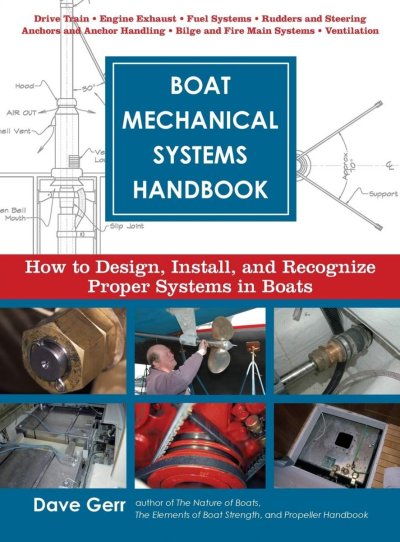Tazling
Veteran Member
- Joined
- May 17, 2021
- Messages
- 74
- Vessel Name
- DARXIDE
- Vessel Make
- Grand Banks 32
I have been extensively lectured by the Guy Who Knows Everything About Ford Lehmans (the invaluable Brian at American Diesel) about the general godawfulness of my massive water-jacket exhaust system, and he has convinced me that it can be done more simply and safely and easily by reverting to the type of system Ford-Lehman originally envisioned.
He recommended the Aqualift muffler and a stock F-L riser elbow (well it's not really a riser because it droops rather than rising, but you know what I mean). Obviously his company offers the elbow and gasket kit, everything you need.
But where do I get an Aqualift muffler? Who makes them? my Google searches keep coming up with Catalina sailboat parts. Is Catalina actually the manufacturer of these mufflers? [edit: I finally figured out that Aqualift is a type of muffler and that Cen-Tek sells a whole line of them under the label "Vernalift"]
If anyone out there has an aqualift muffler on a Ford Lehman 120 I would be interested to know which model you chose and why, and how it's worked out for you.
I'd also like to understand more about antisiphon loops, which Brian recommended for the raw water input side. He strongly suggested an antisiphon loop going "as far as you can above waterline" with a small air inlet at the high point.
This is puzzling me a bit because if there's an air inlet in a pressurised (or intermittently pressurised) system like a wet exhaust, won't hot salt water come spurting out of it due to the exhaust system back pressure?
Brian mentioned joker valves but seemed to be saying I don't need one.
So the antisiphon loop is now the remaining point of confusion and uncertainty for me. How to plumb it and what do do at the high point. Ideas (better yet photos) would be very welcome.
He recommended the Aqualift muffler and a stock F-L riser elbow (well it's not really a riser because it droops rather than rising, but you know what I mean). Obviously his company offers the elbow and gasket kit, everything you need.
But where do I get an Aqualift muffler? Who makes them? my Google searches keep coming up with Catalina sailboat parts. Is Catalina actually the manufacturer of these mufflers? [edit: I finally figured out that Aqualift is a type of muffler and that Cen-Tek sells a whole line of them under the label "Vernalift"]
If anyone out there has an aqualift muffler on a Ford Lehman 120 I would be interested to know which model you chose and why, and how it's worked out for you.
I'd also like to understand more about antisiphon loops, which Brian recommended for the raw water input side. He strongly suggested an antisiphon loop going "as far as you can above waterline" with a small air inlet at the high point.
This is puzzling me a bit because if there's an air inlet in a pressurised (or intermittently pressurised) system like a wet exhaust, won't hot salt water come spurting out of it due to the exhaust system back pressure?
Brian mentioned joker valves but seemed to be saying I don't need one.
So the antisiphon loop is now the remaining point of confusion and uncertainty for me. How to plumb it and what do do at the high point. Ideas (better yet photos) would be very welcome.
Last edited:

